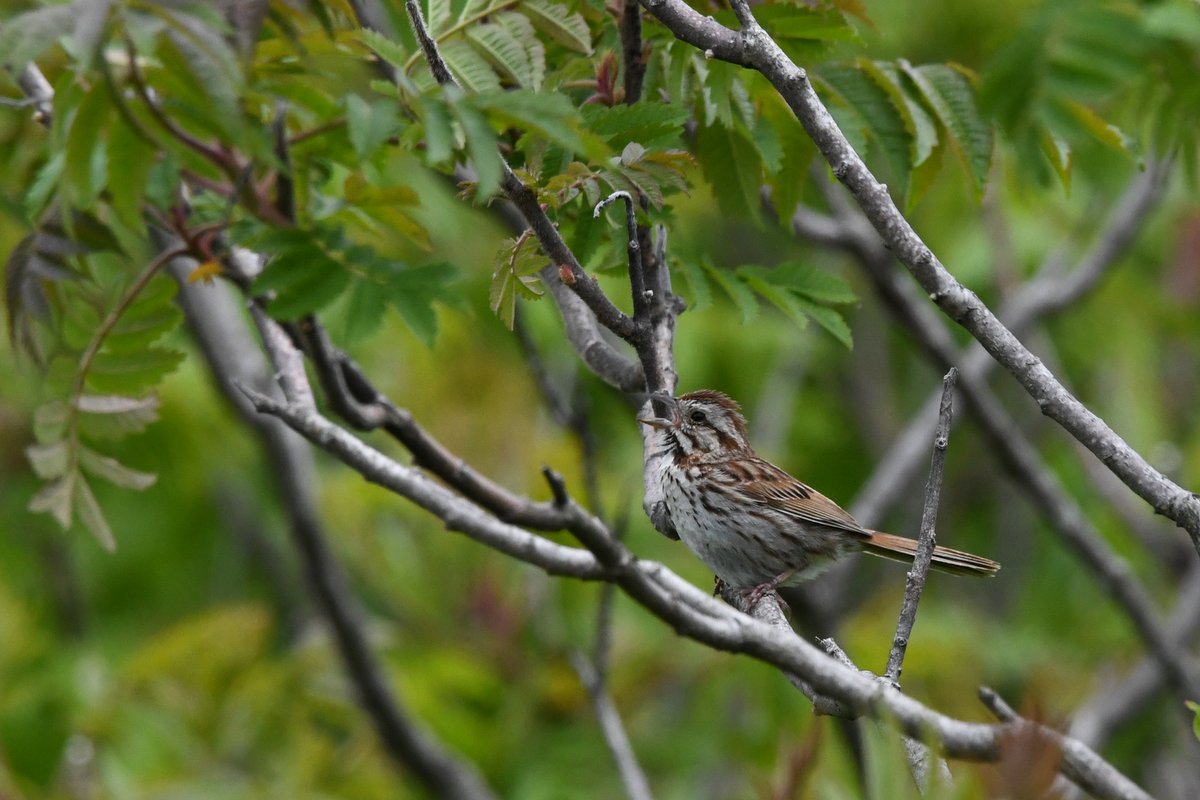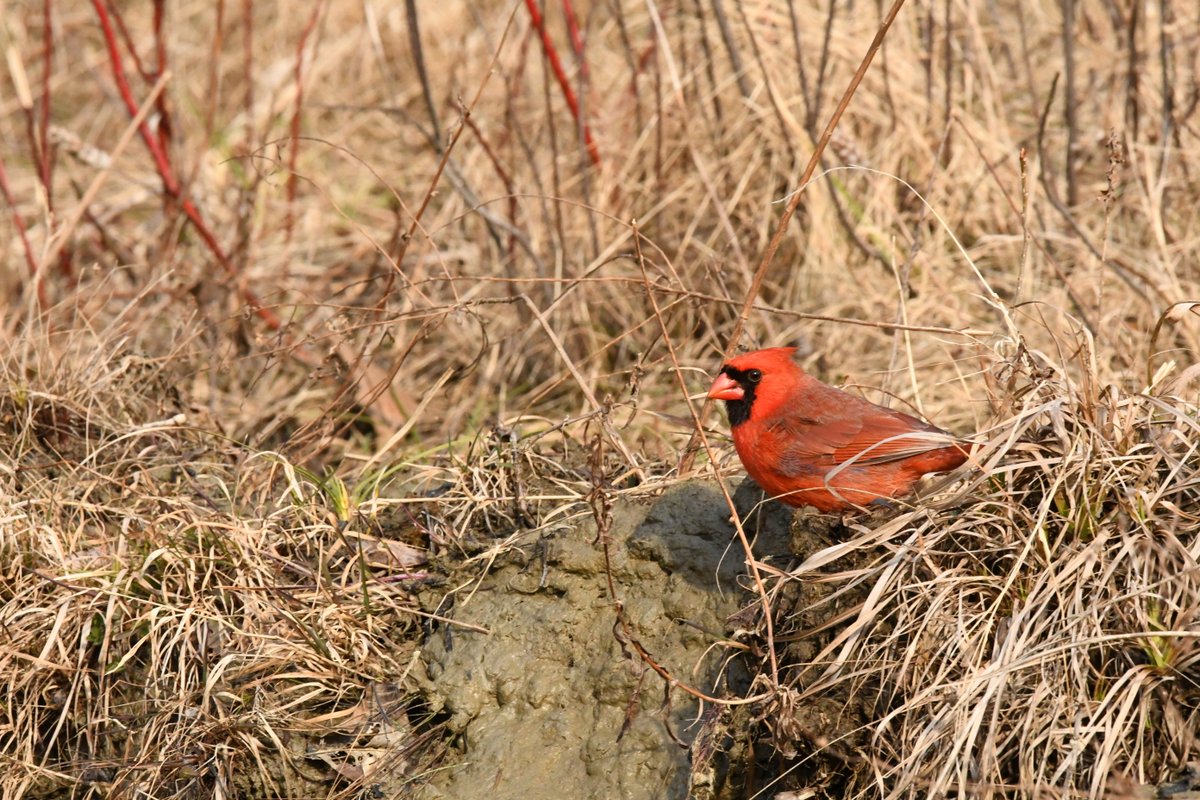How birds spend their day
Spring is an exhausting time for breeding birds. For females, much of the energy costs of reproduction comes from producing eggs (though nest building is its own beast). For males (generally speaking), there’s the added costs and risks associated with territorial bouts, singing, and mate displays. All the time spent on these lavish courtship rituals is time that could be spent otherwise, like snacking on your favorite caterpillar. By constricting competitive singing to the early morning hours, a time called the dawn chorus, it frees up the rest of the day to be free for foraging and relaxing.
The dawn chorus is one of the more striking events of spring. As the first light is just barely scraping over the Green Mountains, already the robins (“Cheerio-Cheerily”), cardinals (Birdie Birdie Birdie Pew Pew Pew Pew), chickadees (“Hey Sweetie”), titmice (“Peerrr Peerr Peerr”), and Carolina wrens (“teakettle teakettle teakettle”) are singing. Though it seems to start in a rush, there’s a general pattern in how early different species are ready (or willing) to get up to start staking out a territory through song.
Because light is the trigger that pushes birds to start singing, it’s not surprising that sensitivity to light is a key factor in determining how early a bird will start singing. While it’s not clear exactly why there’s a connection between ratio of eye to body size, there is a direct connection between this ratio and when a bird starts singing. Birds with the largest eyes relative to body size tend to start singing earlier (up to 100 minutes earlier) than those with smaller eyes to body ratios (source).
Other Factors: But it’s not just eyeball size that affects how early birds get up to start singing. In anthropogenic habitats, particularly near noisy roads and airports, birds will sing earlier than their country-titmouse compatriots (source). Light-pollution from a city scape (or a full moon for that matter) can also push the dawn chorus start time up (source).
Lazy birds
For most species, there’s a lull in the hottest hours in the middle of the day. You get up, you singing for an hour, your forage for a couple of hours, then you take a long siesta, foraging a bit more in the afternoon, sing around dusk, and pass out for the night. This, of course, creates a vacuum of relative quiet in the middle of the day. And as we know, nature abhors a vaccuum, which is promptly filled by those lazy mid-day calls of the red-eyed vireo (it sings up to 22,000x per day). By singing when the other birds are mostly quiet, it doesn’t have to compete for sound-space with other early birds in the dawn chorus. So it’s not always the early-bird that gets the worm, it’s just the bird that sings when no one else is singing.







